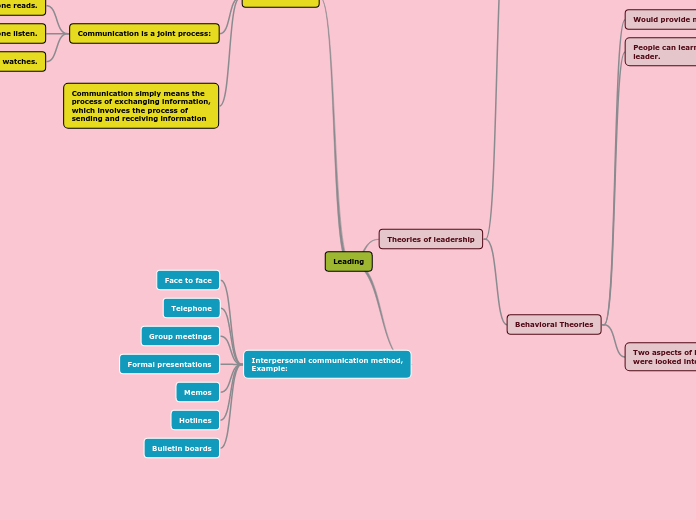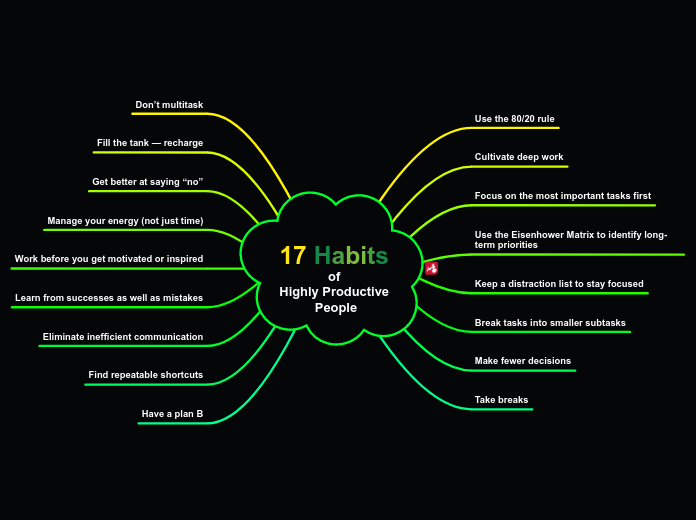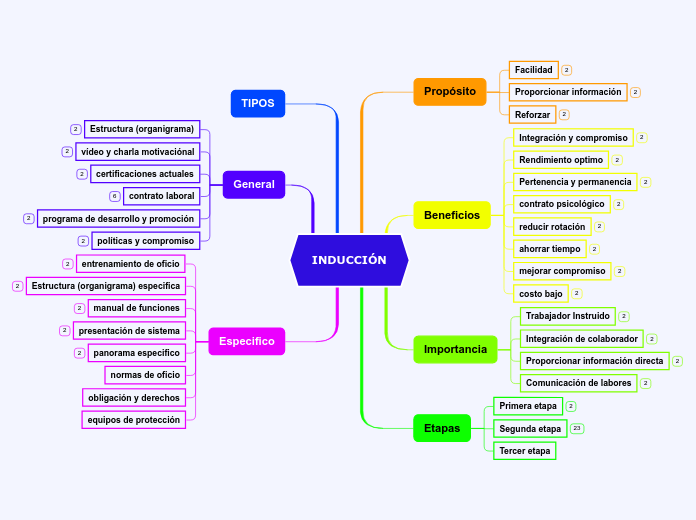Leading
Interpersonal communication method,
Example:
Bulletin boards
Hotlines
Memos
Formal presentations
Group meetings
Telephone
Face to face
Communication
Communication simply means the
process of exchanging information,
which involves the process of
sending and receiving information
Communication is a joint process:
If someone act, someone watches.
If someone speaks, someone listen.
If someone writes, someone reads.
Interpersonal communication
takes place between individuals.
Organizational communication
takes place between organization
and among an organization's division/
departments/ project / teams.
Process of transfer
information and meaning.
Theories of leadership
Behavioral Theories
Two aspects of leadership behavior
were looked into.
Contingency Theories
of Leadership
Important variables to consider
Position power
(strong or weak)
Task structure
(repetitive or nonrepetitive
Leader- member relations
(good or poor)
The contingency theory allows for predicting the characteristic of the appropriate situations for effectiveness
Determine the situational adorableness
of particular situation.
It fit leadership effectiveness
depend on the situation and
another to be able to isolate
situational conditions.
Leadership Styles
The managerial grid
Places managerial styles
in five categories.
Team management
Country club management
Middle-of-the-road
management
Task management
Impoverish management
A two- dimensional view
of leadership style develop by
Robert Blake and Jane Mouton in the
1960.
Concern for production
Concern for people
Leadership functions
University of lowa Studies
-Autocratic style:
Centralized authority, low participation
-Democratic style:
Involvement, high participation, feedback
-Laissez faire style:
Hands-off management
People can learn the characteristics of
leader.
Would provide more definitive answers
Trait Theory
Leaders have certain inborn with
certain characteristics or personality
trait.
Early studies assumed that leader
are born, not made.
Evaluation and selection are based
on their physical and psychological
characteristics.
Focuses on what leaders are like
rather than or what they do.









